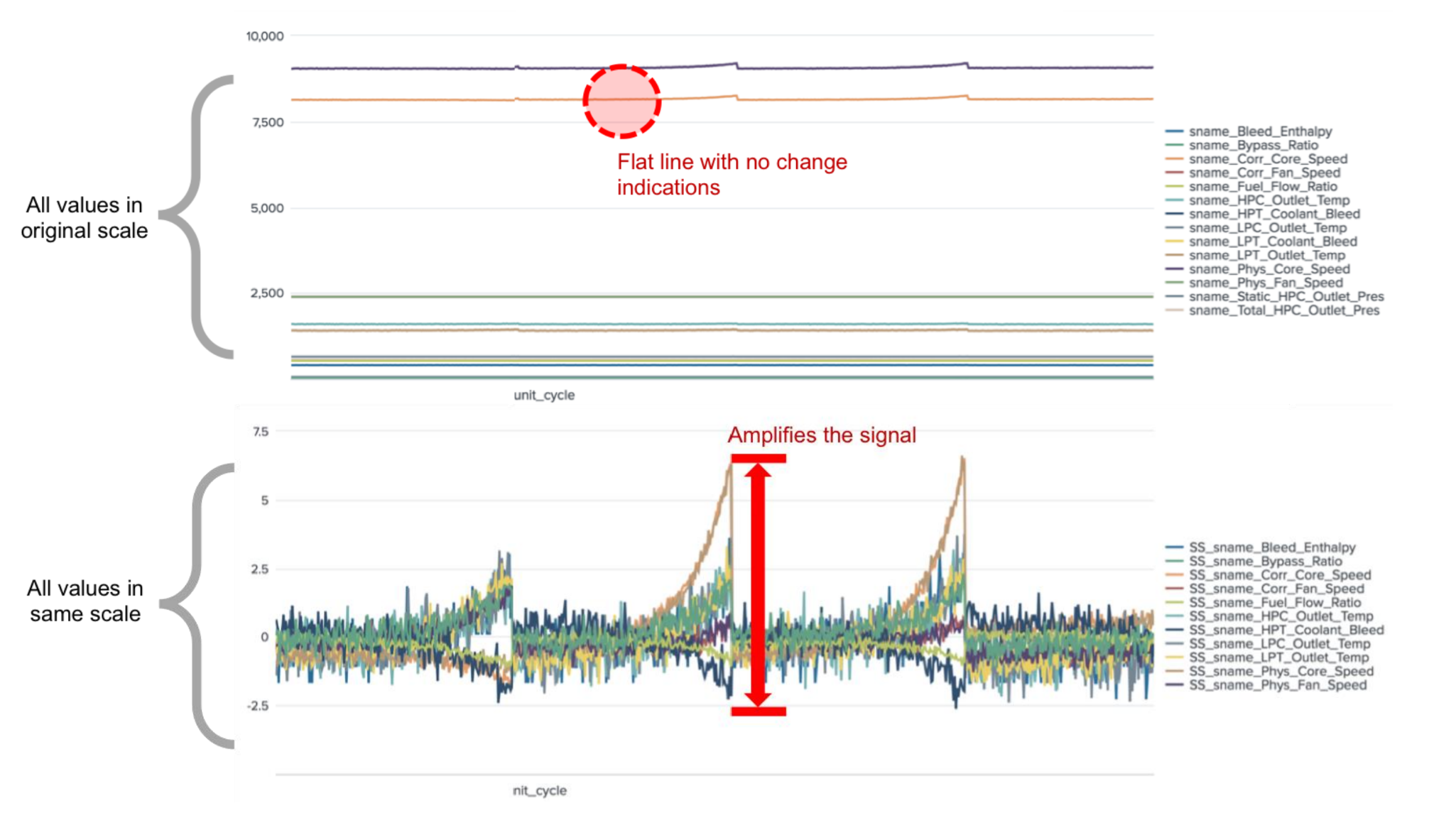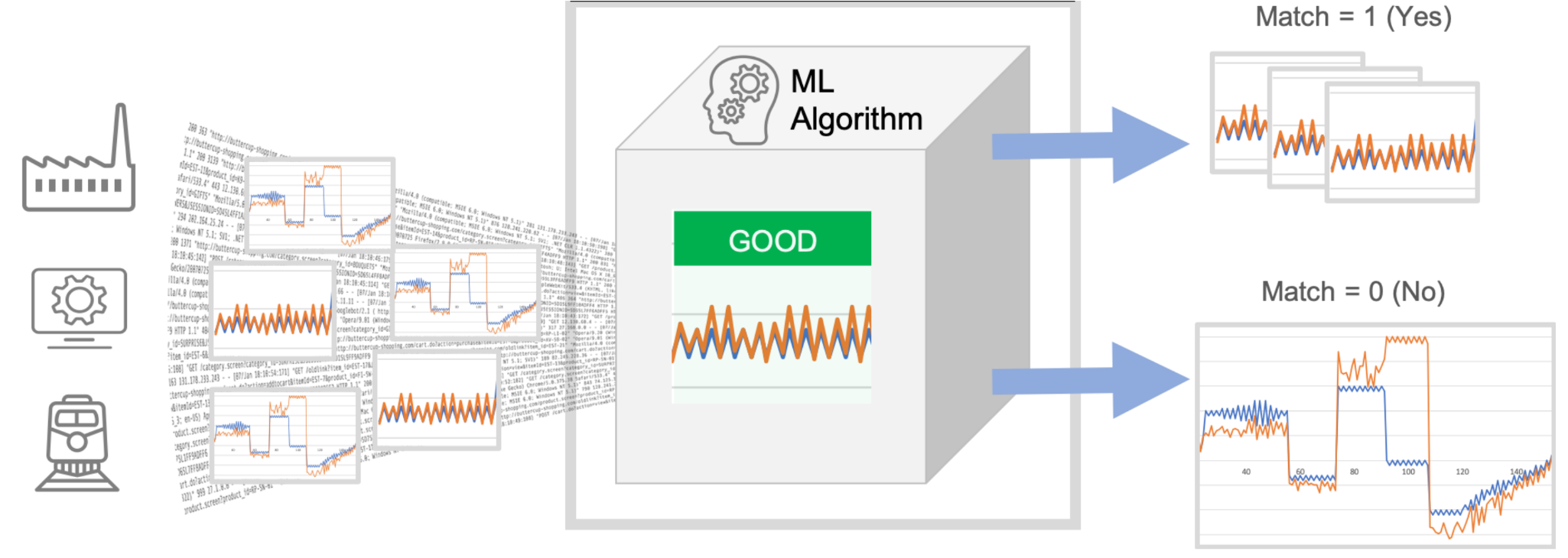Predctive Maintanance
Predictive and Descriptive Maintenance offer several significant benefits for industrial operations:
Request a Demo
Predctive Maintanance enables you to
-Reduced Downtime and Unplanned Failures
Predictive Maintenance helps in identifying potential issues before they lead to equipment breakdowns. By addressing problems proactively, it minimizes unplanned downtime, ensuring continuous production and reducing costly emergency repairs
Optimized Maintenance Scheduling
Predictive Maintenance allows organizations to optimize maintenance schedules based on the actual condition of equipment. This means maintenance is performed when needed, rather than according to rigid, calendar-based schedules. It reduces unnecessary maintenance and maximizes the lifespan of assets
Cost Savings
Predictive and Descriptive Maintenance lead to significant cost savings. By reducing downtime, preventing catastrophic failures, and optimizing maintenance resources, companies can achieve substantial operational cost reductions
Improved Safety and Reliability
These maintenance approaches enhance the overall safety and reliability of industrial operations. By identifying and addressing potential hazards or issues early, they reduce the risk of accidents and equipment failures, contributing to a safer work environment and consistent product quality
How an Predctive Maintanance works for a factory:

1. Comprehensive Data Collection
Deploy IoT sensors and data collection devices on industrial machinery to gather a wide range of data, including temperature, vibration, pressure, and operational performance metrics
2. Real-time Data Processing
Utilize advanced AI algorithms to process and analyze the collected data in real-time. AI can detect anomalies and deviations from normal equipment operation with high precision
3. Predictive Maintenance Models
Develop robust predictive maintenance models based on historical data. These models predict when equipment failures or maintenance requirements are likely to occur, allowing for proactive scheduling
4 . Descriptive Maintenance Analytics
Harness descriptive maintenance analytics to gain insights into historical maintenance patterns. Analyze trends, root causes, and areas for improvement based on historical maintenance data
5. Downtime Minimization
Implement predictive maintenance recommendations to address potential issues well before they lead to downtime. This approach significantly reduces unplanned stoppages and production interruptions
6. Cost Optimization
Optimize maintenance schedules by considering the actual condition of equipment, reducing the need for expensive routine maintenance and extending asset lifespans


7. Safety Enhancement
Enhance workplace safety by addressing potential hazards early in the maintenance process. By preventing equipment failures, you reduce the risk of accidents and injuries
8. Continuous Improvement Cycle
Establish a systematic continuous improvement cycle that involves regular monitoring, data analysis, and fine-tuning of maintenance strategies. This ensures ongoing operational efficiency and safety
9. Resource Allocation Efficiency
Make smarter decisions about resource allocation for maintenance. Predictive and descriptive maintenance helps prioritize which assets need attention, streamlining the use of your maintenance workforce and materials
